WIN AT PARENTING
Start Early, Read Smart: Unleash Reading Fever, Kinder-Ready Brilliance!
The Complete Learning To Read Program
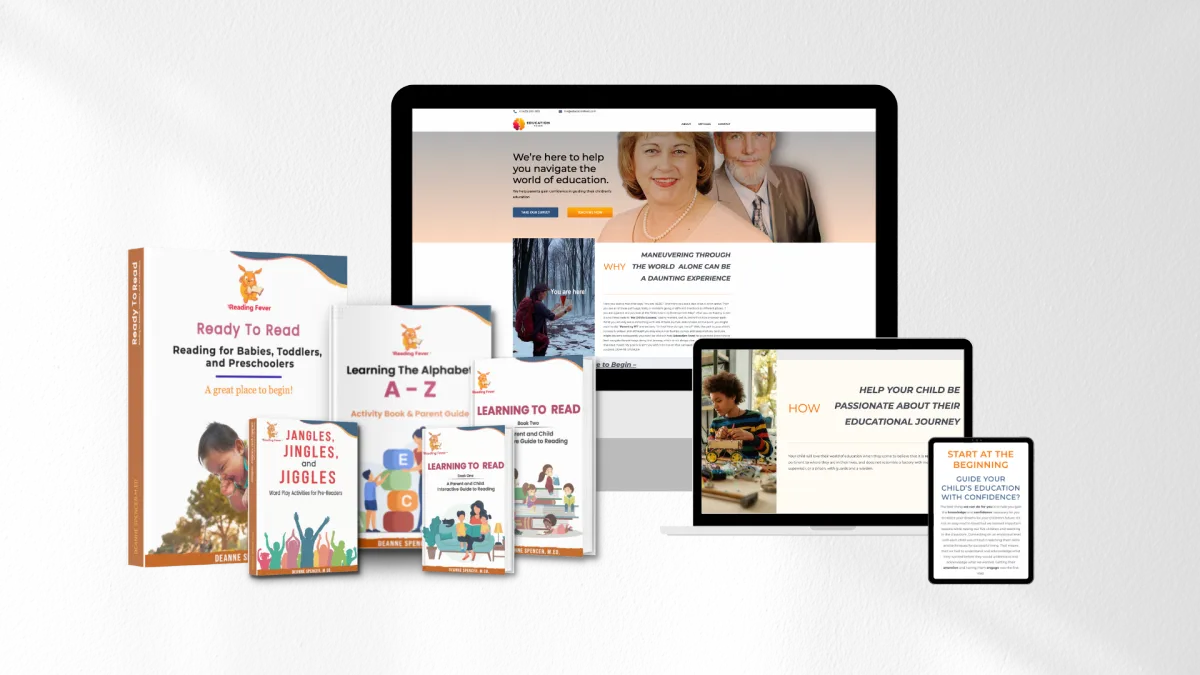
Includes all the components
needed to help you teach your child to read!
$299
Your information is safe with us and will not be shared!
The Complete Program Bundles Includes:
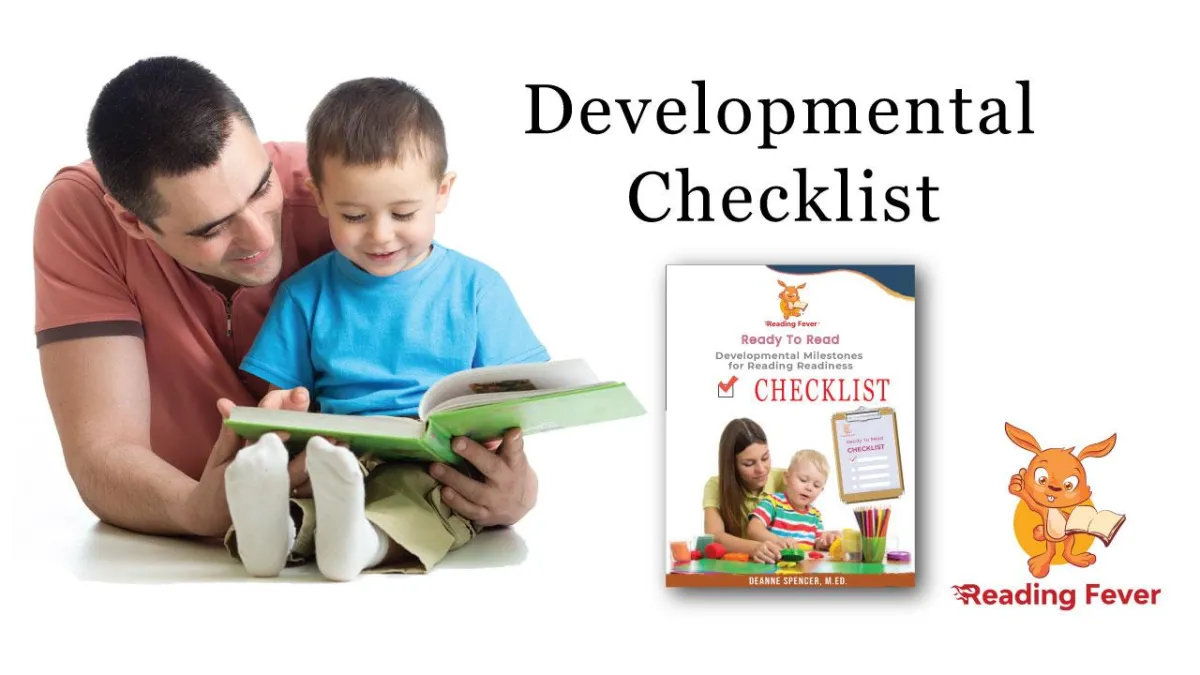
Sensory and Communication
Development:
Importance of Sensory Skills:
Sensory skill development forms vital neural pathways for future learning and information processing.Connection with Motor Skills:
Sensory input syncs with large and small muscles to help develop the eye-hand coordination necessary for reading and writing.Communication Development:
Communication skills are developed through intentional focus on building vocabulary and background knowledge.Developmental Checklists:
The developmental checklists provided here focus on the skills that are necessary to become a successful reader and writer. Is your child on track?
$12 Value
Plus
Building Literacy Foundations:
How the foundations for learning to read are established with newborns for Spoken Language and Written Language.
Why parent engagement in early language development is critical to a child’s future success.
What activities you can do with babies, toddlers, and preschoolers to ensure that they love to read.
How to develop vocabulary and language skills that will set the child up for reading and writing success.
Ideas for products that are engaging and enjoyable for reading with your child.
Where to get books that are affordable and fun.
$27 Value
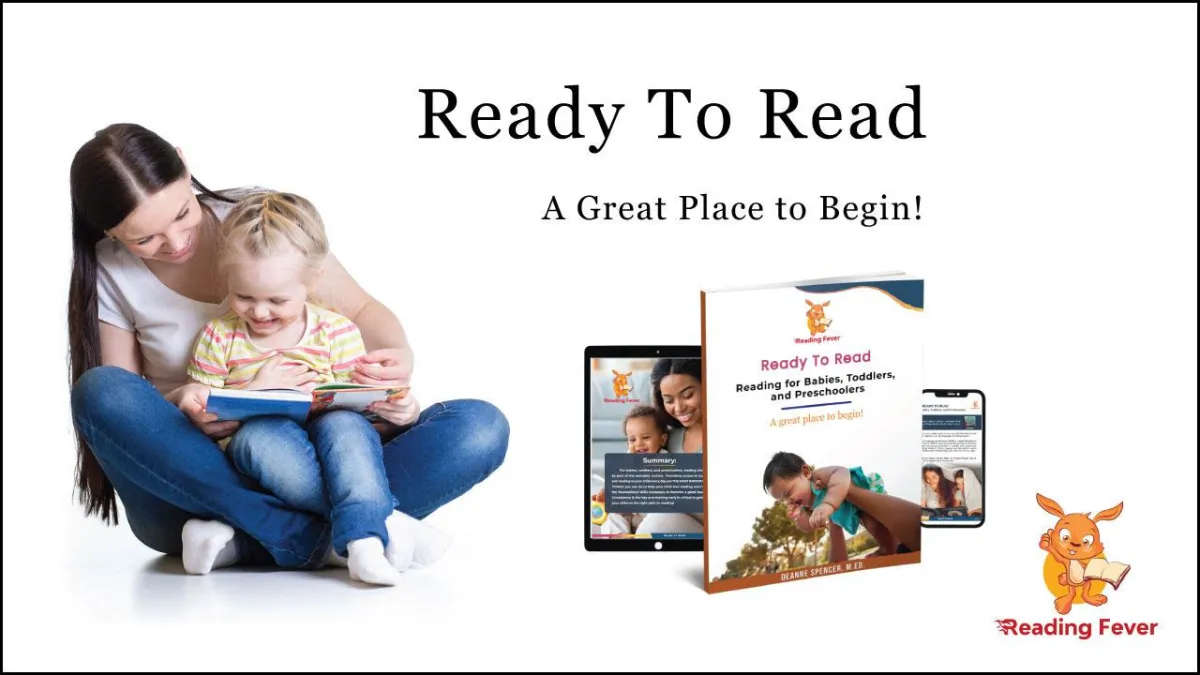
Plus
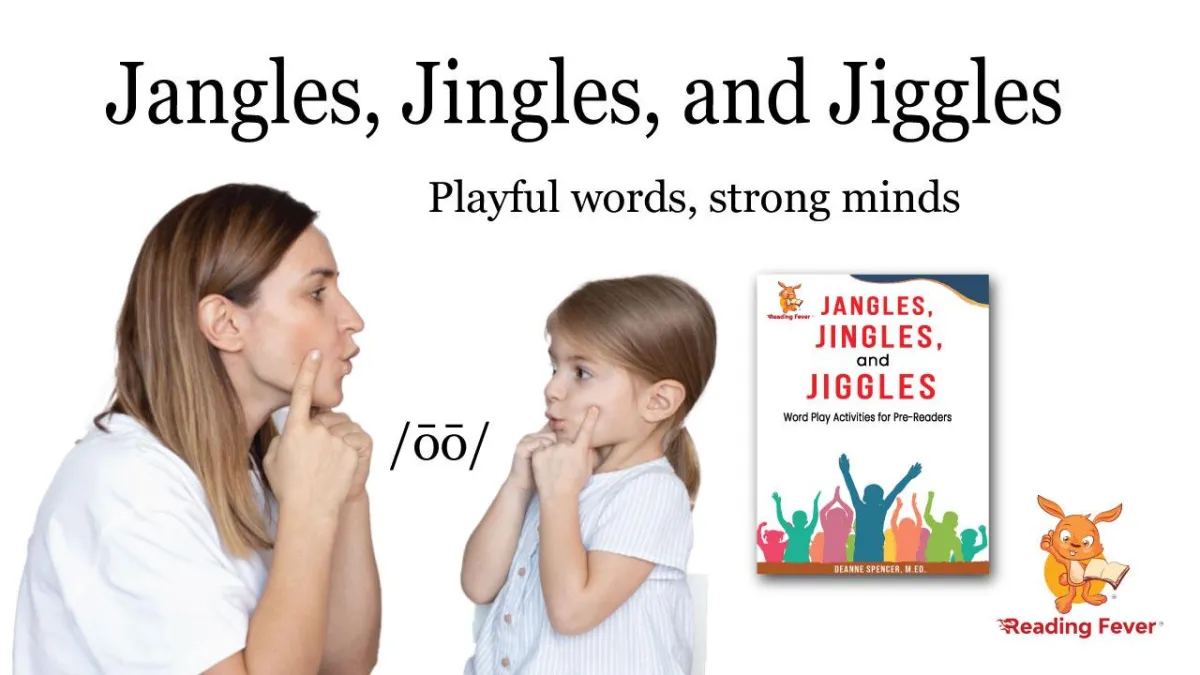
Unlocking Phonological Proficiency:
A Comprehensive Guide for Parents
in Fostering Literacy Skills at Home.
What Phonological Awareness skills are and why they are so important.
How to capitalize on the development of spoken language to teach phonological skills.
The progression of phonological skills.
When to start teaching phonological skills and how to layer on learning the alphabet and beginning reading as your child reaches readiness..
Easy to use grab-and-do lessons with lots of examples, materials, and video support for parents to know what to do and how to do it.
Parent Resources and extras to help reinforce phonological skills so you can enhance lessons and level-up or down, depending on need.
$89 Value
Plus
Integrating Letter Learning with
Language and Playful Exploration:
Two activity pages for each letter so your child can learn to identify and match the uppercase and lowercase letters.
Tracing and writing practice for each letter.
Practice pages for learning all of the strokes to write the letters.
Cumulative Review on every lesson so that you can practice letter learning in order.
Five games and activities using flashcards to practice learning upper and lower case letters.
Two training videos for parents on how to teach letter identification.
Picture cards to transition to reading - one letter, one sound.
$49 Value
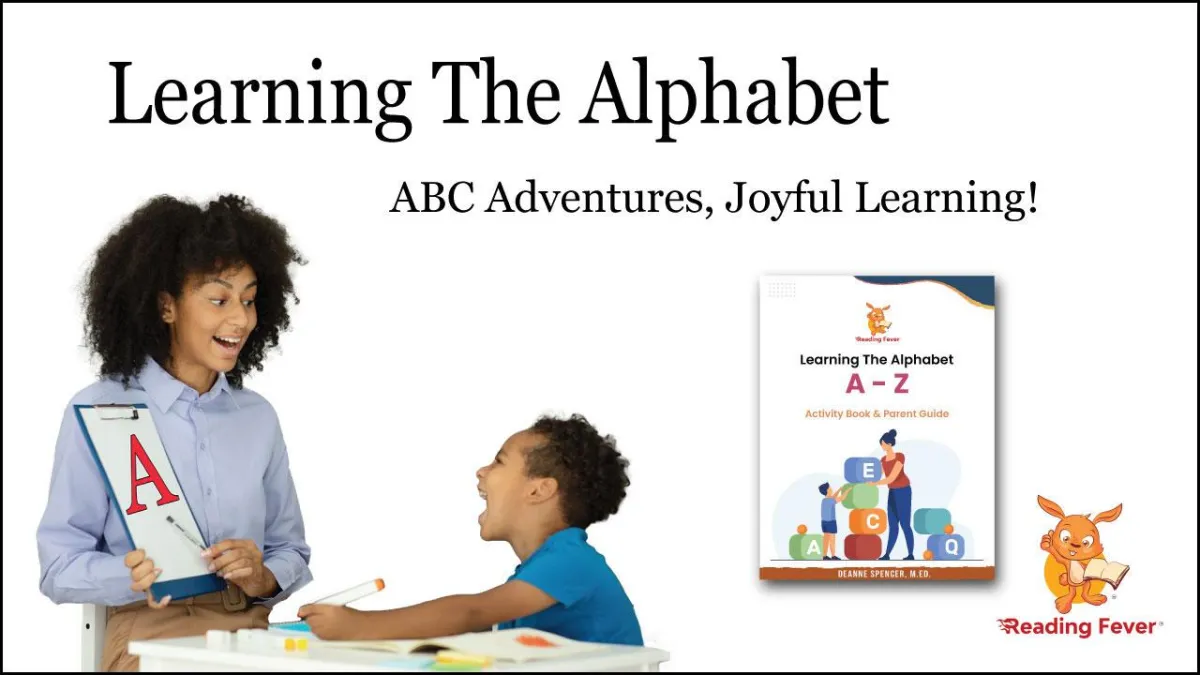
Plus

Phonics Adventure: Interactive
Guide for Parents and Children:
Letter Sounds and Blending:
Children learn to read left to right, top to bottom. The mechanics of learning to read are easy and consistent in the beginning using only one sound for each letter.Interactive Pages:
Reading is an interactive experience where children are guided through the process of pointing, sliding, blending, and reading - first words, then sentences, then stories!Builds Confidence:
The reading process starts simply and builds sequentially, step-by-step, so that the child can become a confident, independent reader. Guessing at words is NOT part of this program.Correct Reading Structure:
A sequential, phonics-based system is fundamental for a child to become a successful reader. The child will also learn about capitalization at the beginning of a sentence, and punctuation at the end.Real Reading With Real Materials:
Open-and-do lessons are engaging and fun, and take only a few minutes per day. Then the child can continue re-reading and re-practicing for fluency and success!
Guided Support for Parents:
Easy-to-use lessons where new concepts are in the yellow box, and what the parent says or needs to know is in the blue box. Explainer videos are included in the Course.
$99 Value
Plus
Advancing Phonics Mastery:
Exploring Patterns, Sequences, and Essentials in Book 2 for Decodable Reading.
Builds on Book One:
Book Two continues the systematic, phonics-based instruction and introduces words by common spelling patterns. Fonts get smaller and stories get longer. Opportunities for writing are also included and can be enhanced by parents.Bossy “R” Influence:
Reading practice includes words where “R” influences the vowels and consonant sounds.Exceptions to the Patterns: Exceptions include different ways that some consonants and vowels sound, some silent letters, and schwa sounds in words. These exceptions are presented in ways that help reading make sense.
Consonant Blends and Long Vowel Patterns:
Includes consistent instruction for words with consonant blends and long vowels that may have different spelling patterns..Activity Involvement:
Lessons are “open- and- do,” interactive reading practice that includes games, activities, and stories to help solidify the reading concepts that are the focus of each lesson. Initially, the lessons are meant to be experienced together, but then can be re-read and re-done independently by the child for fluency development.Decodable Reading:
Reading builds on the words and skills the child has already learned. No guessing at words!Parent Support: Lessons include explanations and instructional videos so you know and do to confidently teach your child to read in just a few minutes per day.
$99 Value
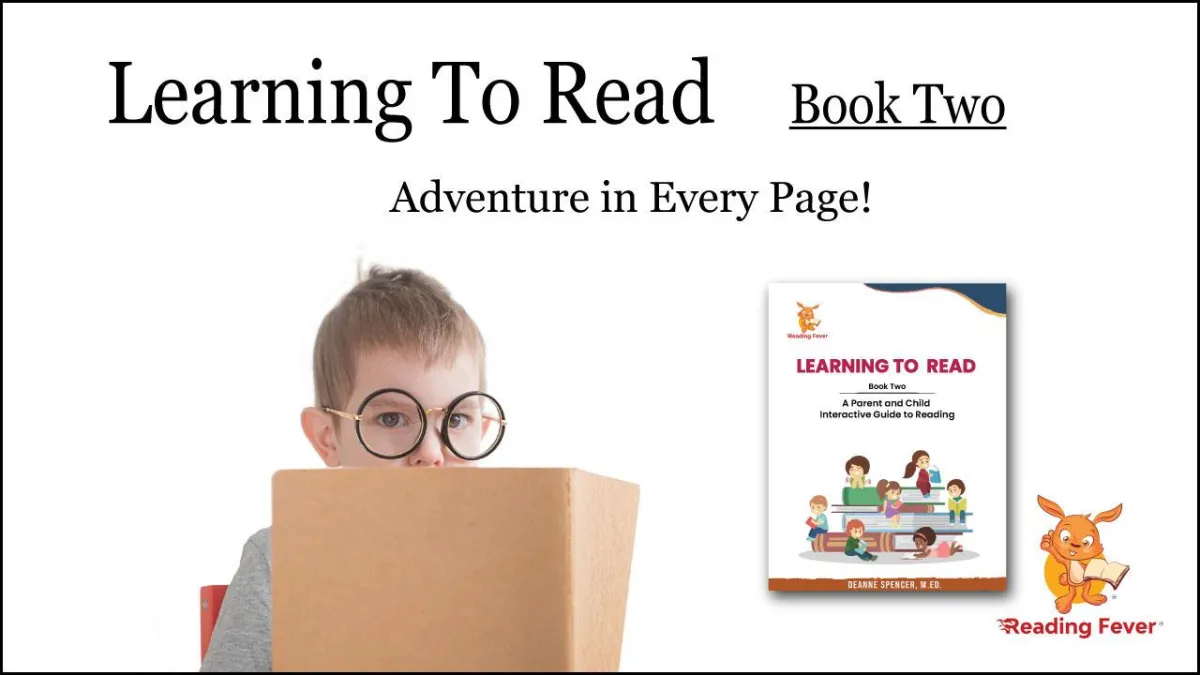
Plus

Engaging in the Learning Journey:
Colorful, Sturdy Cards to Support
Lessons in the Program
200 Vibrant picture cards that support the Jangles, Jingles, and Jiggles Lessons
Letter/Sound cards that help transition from Learning the Alphabet to Learning to Read Book 1
Number cards to learn counting and numerals 1 - 10
All cards can be used in a variety of ways - be creative!
$24 Value
All Added Up
$12 - Developmental Checklist
$27 - Ready To Read - Ebook
$89 - Jangles, Jingles, and Jiggles
$49 - Learning The Alphabet A to Z
$99 - Learning To Read Book One
$99 - Learning To Read Book Two
$24 - Picture Cards
$399 Total Program Value
Purchase Now for Only $299
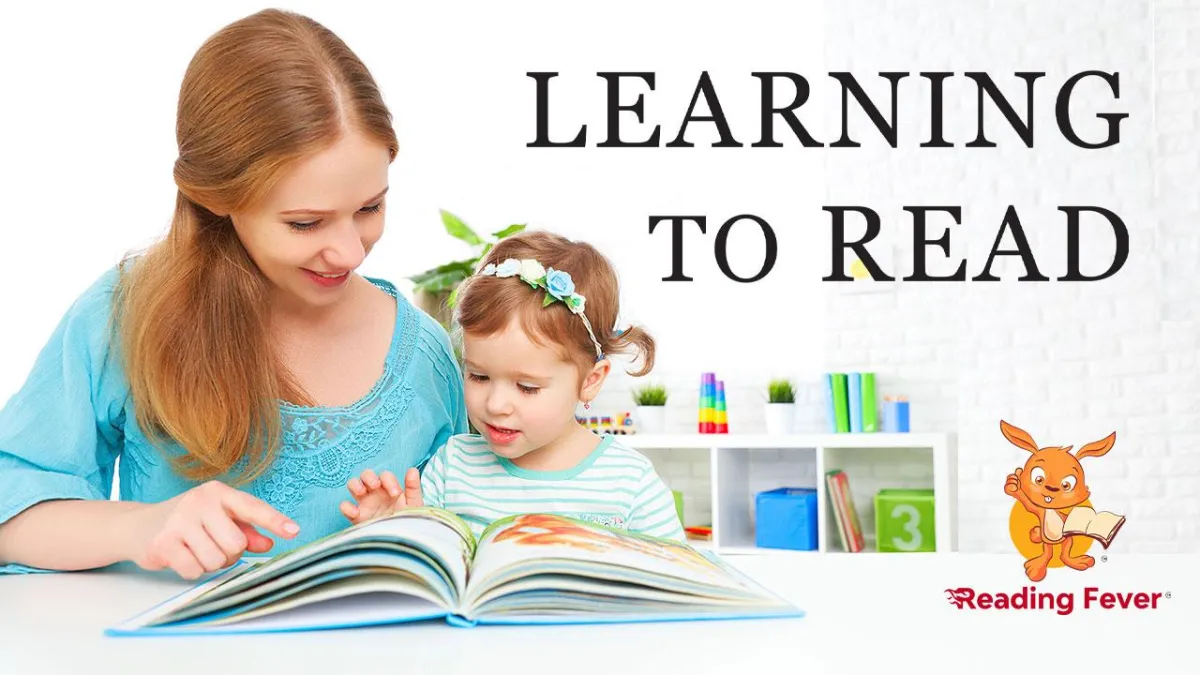
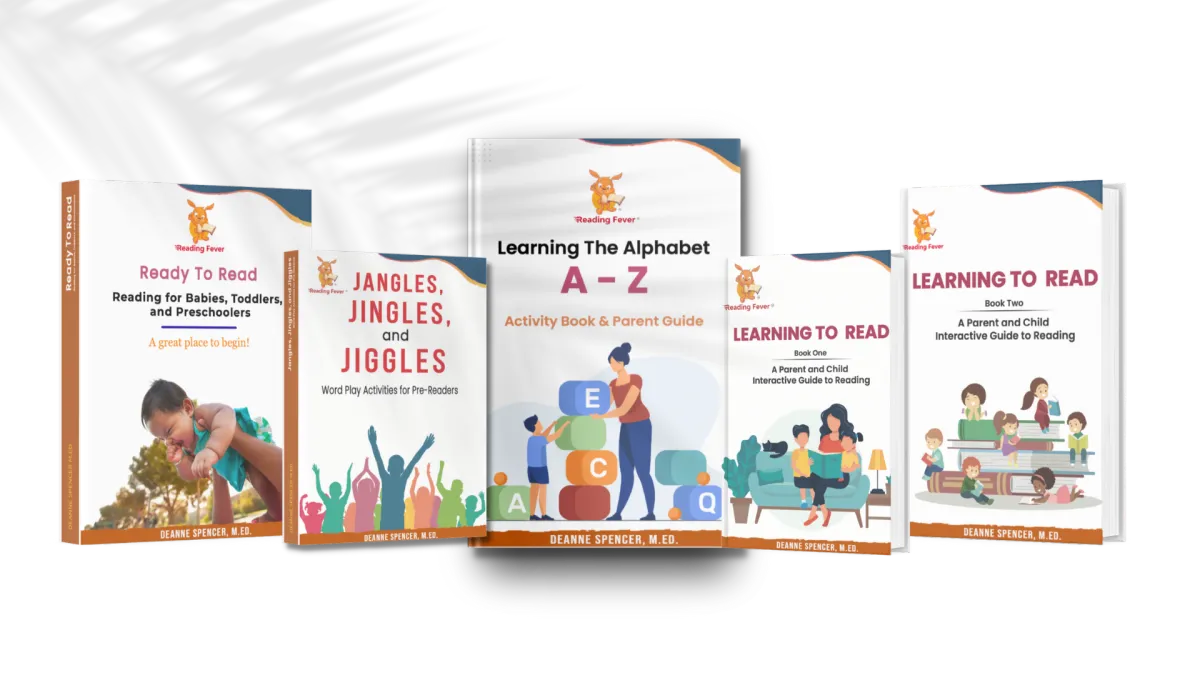
Your information is safe with us and will not be shared!
What Our Parents Are Saying About Us
My daughter is learning skills she will use when she
starts learning to read all while we are having fun together.
-Regan-
My son loves the activities and stories. He is engaged and excited to learn
and the feeling of success that he gets motivates him to keep going!
-Alisa-
We now have an awareness of what to do, so we make
every activity a learning opportunity.
-Michael-